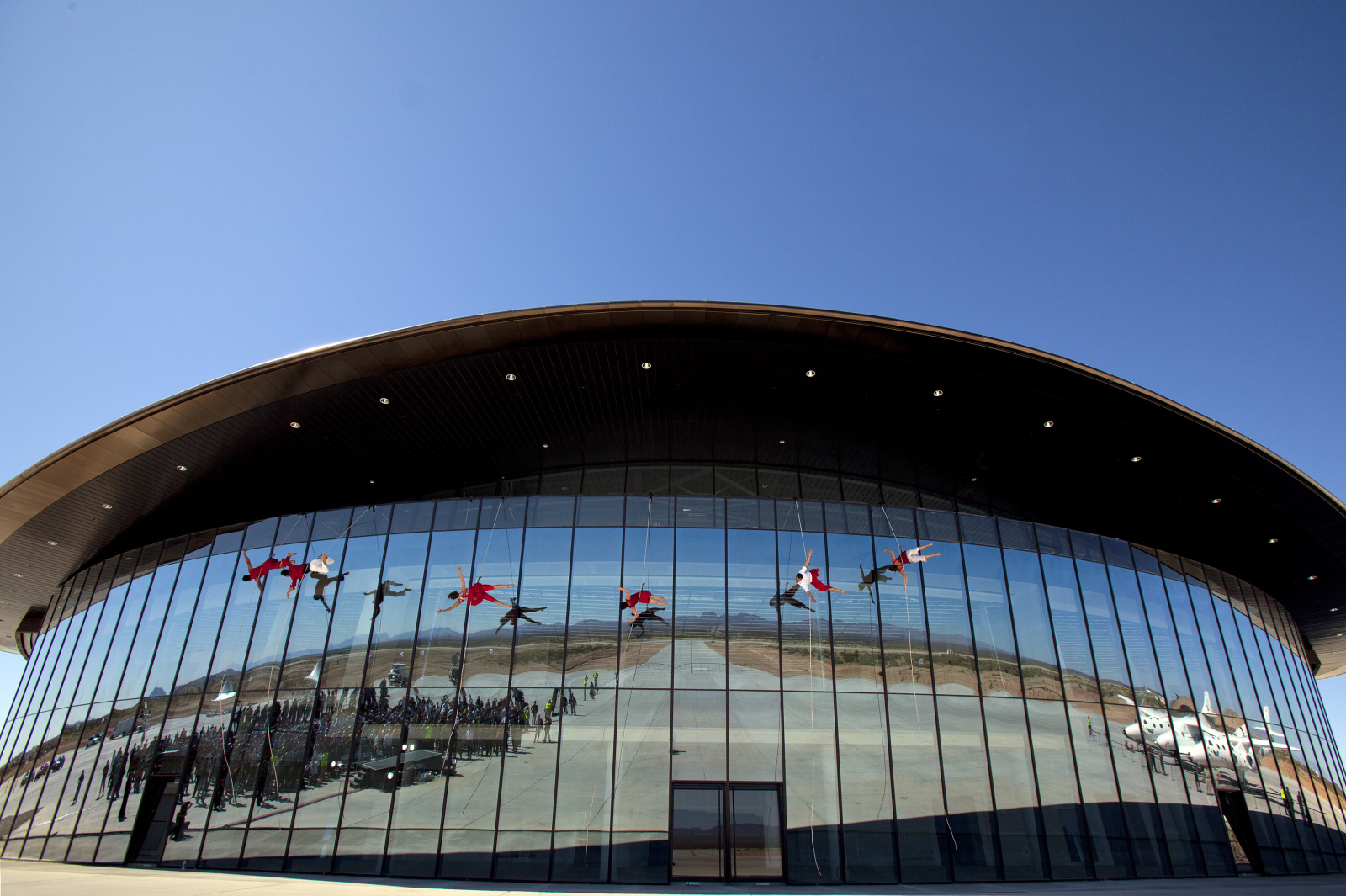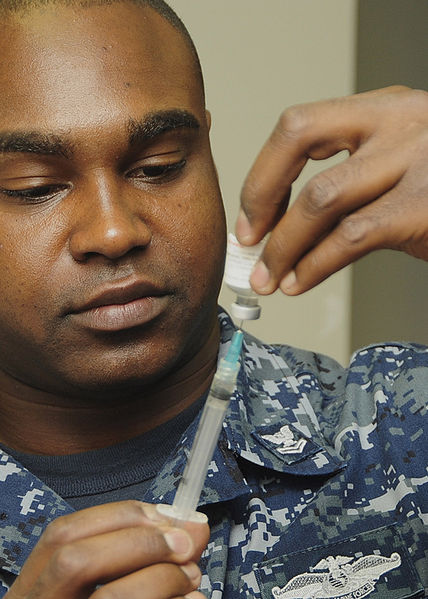Spaceports, IVF and Malaria Vaccines
Interview with
Virgin Galactic Spaceport
The World's first commercial spaceport has opened in the deserts of New Mexico.
Mexico.
Targeting all budding astronauts, Spaceport America is Virgin Galactics gateway to space providing members of the public five minutes of weightlessness at a cost of £127,000.
The eco-designed building will house seven spaceships, mission control and a visitor experience area for those that can't afford the flight itself.
Sir Richard Branson spoke at the launch.
Richard - These beautiful ships will shortly be ready to welcome the first of more than 450 people paid up and waiting to fly. The building has achieved the lead gold standard using local materials and regional construction techniques and we have minimised energy requirements through the use of geothermal heating and cooling, and extensive energy management practices. Simply put, it's a 21st century building for a 21st century business.
---
Improving the Success of IVF
 A new test could significantly boost the success of IVF treatment.
A new test could significantly boost the success of IVF treatment.
The technique developed by Dagan Wells and his team at the University of Oxford screens potential embryos for genetic and chromosomal abnormalities before they're implanted, improving chances of pregnancy by up to 70%.
Currently in the UK and many other countries globally, the healthy appearance of an embryo is enough for it to be used in a cycle.
Dagan - The embryo that looks the best can often harbour lethal genetic abnormalities. So the new test really combines a bunch of different aspects of embryo biology assessment, so we're looking at the chromosomes, we're looking at the mitochondria which power the cell, we're looking at the telomeres which protect the chromosomes. And together, that's giving us a very deep insight into the health and biology of the embryo.
---
Malaria Vaccine Trial
A Malaria vaccine could be on the horizon after promising results from a clinical trial taking place across Africa.
The RTS,S Malaria vaccine is the most advanced Malaria vaccine to date, currently targeting children under 18 months of age. Involving over 15,000 participants across seven African countries, preliminary results from the Phase III clinical trials found infants aged 5 to 17 months receiving the vaccine had about half the risk of developing Malaria than those without it.
Tsiri Abenyega is principle investigator on the trial site in Ghana.
Tsiri - Our results showed that RTS,S reduced the risk of children aged 5 to 17 months, experiencing clinical Malaria by 56% over a 12-month follow up period. The study also found that RTS,S reduced the risk of severe Malaria by 47%. This is remarkable when you consider that there has never been a successful vaccine against a human parasite.
---
Life on a Bamboo Diet
 And finally, new insight into the eating habits of the Giant Panda.
And finally, new insight into the eating habits of the Giant Panda.
Unlike other meat-eating bears, the giant panda is an omnivore with a diet consisting mainly of bamboo - eating up to 12kg of the plant every day. But their ability to digest the cellulose and hemicellulose fibres dominating a bamboo plant has long been a mystery as they lack the digestive enzyme usually found in other herbivores.
Using gene sequencing techniques, Fuwen Wei and his team from the Chinese Academy of Sciences identified unique enzymes and bacteria helping Pandas make a meal of this low nutrient plant.
Fuwen - We found in the panda some special bacteria that could help the pandas digest the fibre. Also, we found some genes coding for enzymes to do this kind of job. But the nutrition is very low, they content, low protein, sugar and fat. So the panda needs to get some part of its nutrients from the fibres.
Despite having these methods of digestion, the bamboo remains low in nutrition explaining just why the Pandas have to eat such large quantities of the bamboo on a daily basis. However the reason they choose to eat this above other foods remains a mystery.










Comments
Add a comment